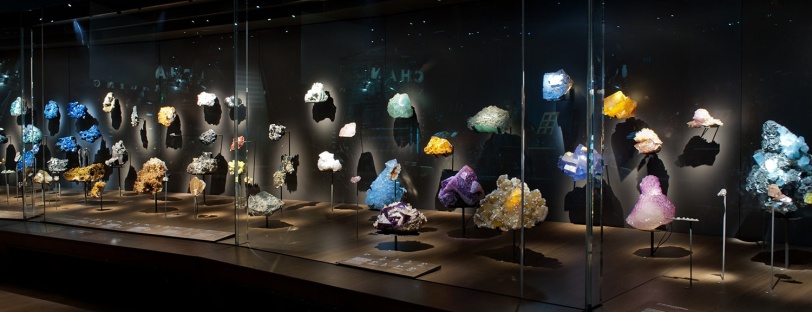Minerals, rocks and gems

The collection grew from the 19th century; initially, mainly with minerals from regional mines. Then these collections were expanded with the acquisition of specimens from the Austro-Hungarian, German, and British empires. Over the same period, a collection of rocks was put together and aroused interest due to the desire to understand how and when landscapes formed, how to harness them and where to find certain economic resources; this is demonstrated, for example, by the multiple samples of rocks used as construction materials.
At the start of the 20th century, the museum acquired a large number of artefacts from the famous mineralogist Ferdinand Gonnard. Alexis Chermette, a world-renowned fluorite specialist, made his first donations in 1923 and bequeathed his prestigious collection to the museum in 1996. This period was also marked by the donation of a very fine set of gems by Pierre Fumey, a Lyon-based jeweller and gemmologist. These additions led to others, which were more modest but rounded out the collections from a systematic point of view. Over the last few years, the main purpose of the acquisitions has been to plug a few gaps in the collections, particularly with meteorites. Today, the museum has more than 22,000 artefacts and specimens; the mineralogical collection, which accounts for more than half of this number and contains numerous remarkable items, is one of France’s biggest.
